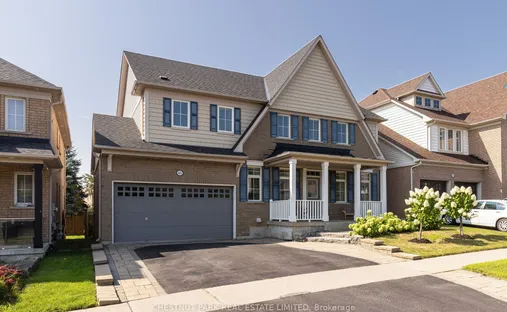- 201 Millway Ave #17, Concord
- support@mortgagesquad.ca






Get ahead of the game. Discover your mortgage potential swiftly and effortlessly.
Are you in the market for a new home? Our VIP Realtor Program offers an exceptional opportunity tailored just for you.
Free Legal Fee Program - A $1000 Value
